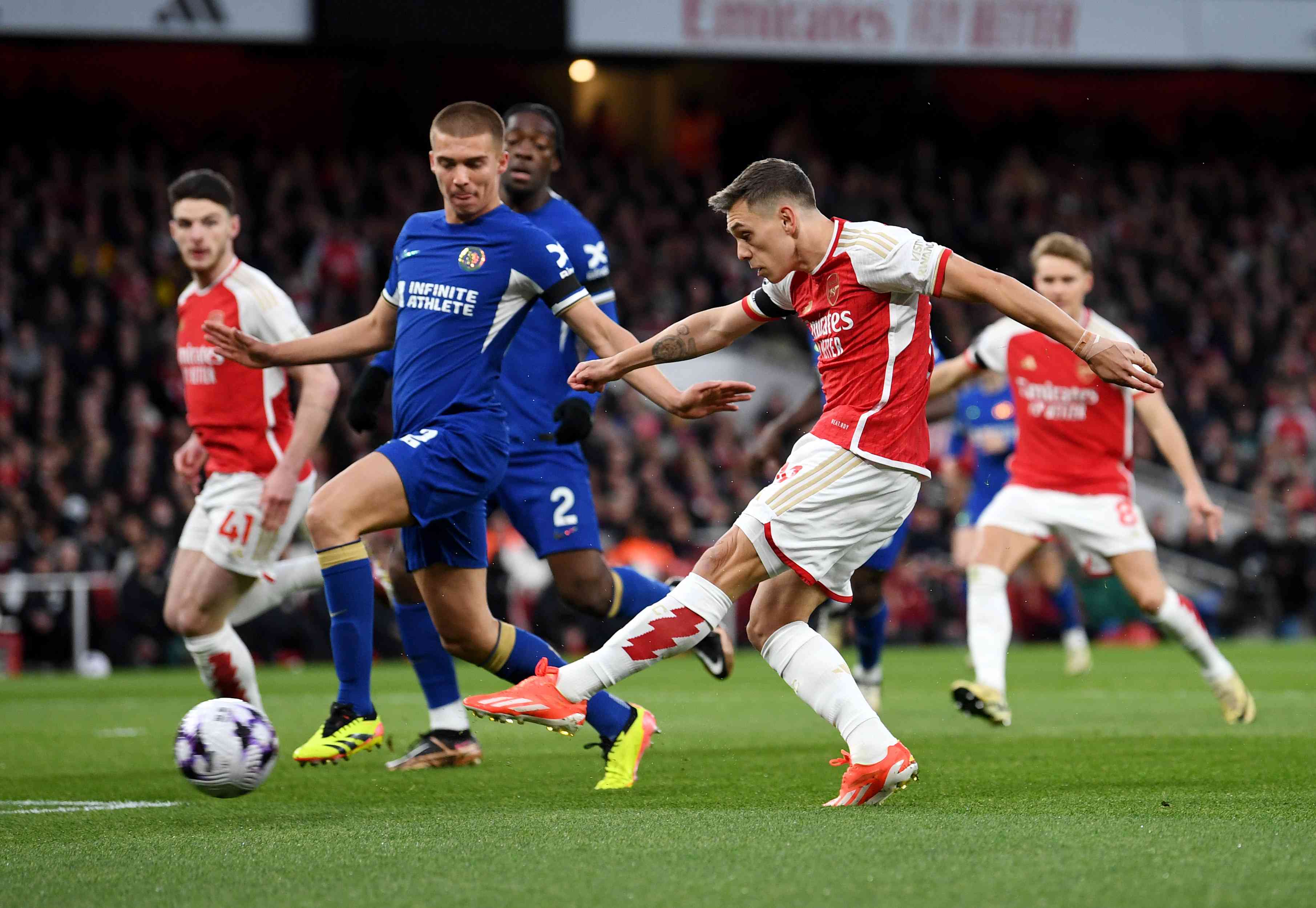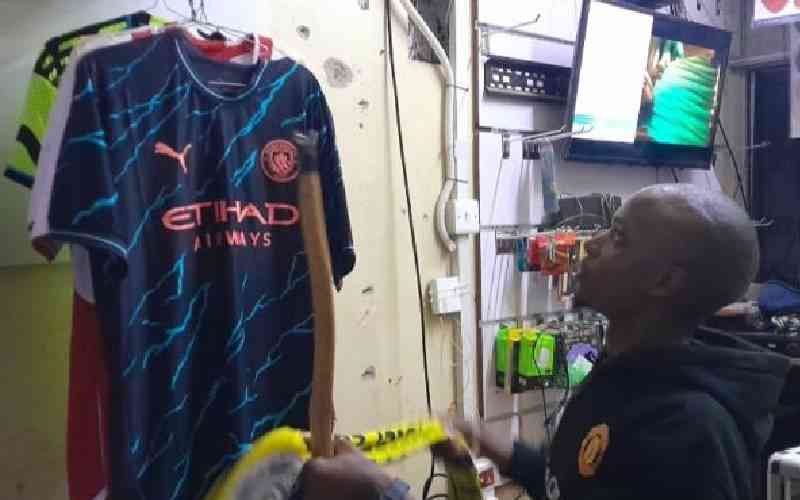He has signed a three-year contract with The Blues and will take over immediately the dramatic departure of Antonio Conte.
“I am very happy to be coming to Chelsea and the Premier League. It is an exciting new period in my career. I look forward to starting work and meeting the players on Monday ahead of travelling to Australia, where I will be able to get to know the squad and begin our match action,” said Sarri.
“I hope we can provide some entertaining football for our fans, and that we will be competing for trophies at the end of the season, which is what this club deserves,” he added.

Here’s 13 things you probably didn’t know about Maurizio Sarri.
NB: Information obtained from Chelsea’s official website.
He was born in Bagnoli and Sarri began his coaching career in a part-time capacity while working in the banking industry following a short spell as an amateur player.
In the year 2000, he accepted a role with AC Sansovino in the sixth tier of Italian football, and told the club he would quit coaching for good if he failed to win the league. The team finished as champions.
It was during his time at Sansovino that Sarri earned the nickname ‘Mister 33’ after preparing 33 set-plays for use at dead-ball situations. It was an indication of his tactical nous and meticulous attention to detail.
Further jobs around the Italian lower leagues followed before Sarri joined Serie B side Pescara. From there, he moved to Arezzo. The team were struggling on his arrival and eventually went down, but Sarri provided them with some moments to savour, including a 1-0 win over AC Milan in the Italian Cup.
In 2011, he took charge of Sorrento, and it was his work there, where he was able to implement his own footballing philosophy, which led to a return to Serie B a year later, this time with Empoli. After narrowly missing out on promotion in 2013/14, Sarri’s side secured their passage to the top flight of Italian football at the end of the following campaign.
Having just come up, many outsiders felt as though Empoli were destined to go straight back down. Sarri though, sensing what was required to ensure their safety, set his young team up in a way that made them difficult to break down, while at the same time playing a fluid style of football. They finished in a highly respectable 15th position and recorded impressive wins over the likes of Lazio and Napoli, the club he would go on to join that summer as a replacement for Rafa Benitez.
Sarri inspired and improved Napoli, who had finished fifth the previous campaign. In his first year they finished second, achieving a 19-point swing and scoring 80 league goals while playing a fast-paced, free-flowing style of football which won admirers both inside and outside of the club.
The departure of star striker Gonzalo Higuain, who joined Juventus in the summer of 2016, brought out the best in Sarri’s management. Rather than dip into the transfer market to recruit an expensive replacement, he tweaked the side and asked certain players to perform in roles they were unaccustomed to previously, to great effect.
The decision to move Dries Mertens, previously a wide man, into a central striker’s position, and switch Marek Hamsik into a role on the left of a midfield three had a liberating effect on the players individually, in turn improving the team collectively.
Stay informed. Subscribe to our newsletter
The all-round improvement of defenders Faouzi Ghoulam, Elseid Hysaj and Kalidou Koulibaly is testament to Sarri’s coaching ability on the training ground while Jorginho, a pivotal part of his Napoli side, is now regarded as one of the most complete midfielders in European football. Further forward, both Lorenzo Insigne and Jose Callejon, who linked up well with Mertens, made great strides under the Italian’s guidance.
Last season Napoli were unfortunate not to secure the Serie A title, eventually finishing second, but there were no shortage of memorable performances, including two 4-1 wins against Lazio and a 1-0 victory away at Juventus.
Sarri likes his teams to play a dynamic style of football with the focus on quick passing, even in deep positions, and ball retention, encouraging the players to be forward-thinking in their approach.
He becomes the sixth Italian to take charge of the Blues, following on from Gianluca Vialli, Claudio Ranieri, Carlo Ancelotti, Roberto Di Matteo and Antonio Conte.
 The Standard Group Plc is a
multi-media organization with investments in media platforms spanning newspaper
print operations, television, radio broadcasting, digital and online services. The
Standard Group is recognized as a leading multi-media house in Kenya with a key
influence in matters of national and international interest.
The Standard Group Plc is a
multi-media organization with investments in media platforms spanning newspaper
print operations, television, radio broadcasting, digital and online services. The
Standard Group is recognized as a leading multi-media house in Kenya with a key
influence in matters of national and international interest.
 The Standard Group Plc is a
multi-media organization with investments in media platforms spanning newspaper
print operations, television, radio broadcasting, digital and online services. The
Standard Group is recognized as a leading multi-media house in Kenya with a key
influence in matters of national and international interest.
The Standard Group Plc is a
multi-media organization with investments in media platforms spanning newspaper
print operations, television, radio broadcasting, digital and online services. The
Standard Group is recognized as a leading multi-media house in Kenya with a key
influence in matters of national and international interest.









